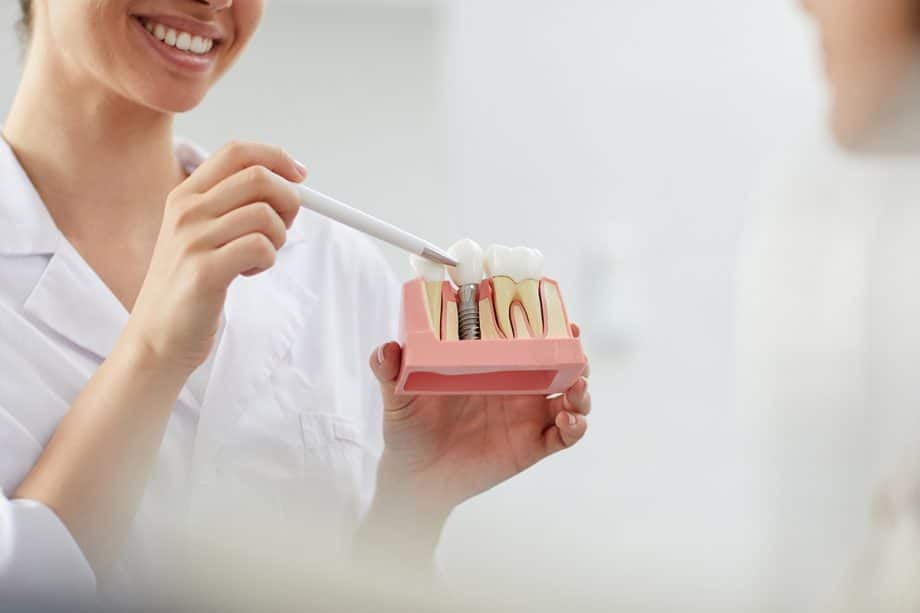If you're missing one or more teeth, several options are available to restore your dental health. However, dentures may not hold up over time and can lack stability. Some people decide to go with a bridge, but this involves putting a crown on each adjacent natural tooth used to support the restoration. While this approach works, it has drawbacks of its own.
Dental implants are the only restorative solution that replaces missing teeth above and below the gumline. Dental implants function just like natural teeth and can give you a beautiful smile you're proud to show off.
The two most common ways to categorize dental implants are by placement or by the type of prosthetic they support.
Endosteal implants
Endosteal implants, the most common type, are directly implanted into the jawbone. Endosteal implants are suitable for patients with a healthy jawbone strong enough to hold the implants in place. If this isn’t the case for you, your dentist may recommend a different type of implant that doesn’t require as much strength from the bone.
An implant, abutment, and dental prosthetic are the three primary components of endosteal implants. The implant itself is typically made of titanium and resembles a small screw. Ceramic or zirconia implants are also available. The abutment is a tiny connector that attaches to the implant. The dental prosthetic is then affixed to the abutment. Endosteal implants can support an artificial tooth, bridge, or denture, depending on the number of lost teeth.
Subperiosteal implants
If you don't have enough bone to support an endosteal implant, subperiosteal implants may be right for you.
Instead of being anchored in the jawbone, subperiosteal implants are placed under the gum tissue above the jawbone. The metal posts that protrude through the gum tissue act as anchors for your artificial teeth. Because this type of implant doesn’t have to be anchored directly into the jawbone, this type of procedure is typically used for patients with bone loss.
Since subperiosteal implants aren’t inserted into the jawbone, they have a different structure than endosteal implants. Subperiosteal implants use a metal frame that fits over the jawbone and beneath the gums instead of an implant screw to provide stability. This metal frame has supports to hold a dental prosthetic in place.
Zygomatic Implants
If you’re missing teeth in your upper jaw, zygomatic implants—a relatively new type of implant— could be the answer.
Zygomatic implants are long dental implants that anchor prosthetic teeth when the jawbone is too shallow or narrow to support traditional dental implants. The zygomatic implant is anchored in the cheekbone—or zygomatic bone—of the patient. The zygomatic bone's density, combined with the angulation of the implant, allows a dental prosthetic to be placed onto the implant immediately after surgery in many cases.
Learn More About Dental Implants
The various types of dental implants allow patients with missing teeth to enjoy a full, functional smile—complete with a set of beautiful, healthy teeth. Dental implants can be a permanent answer to tooth loss when properly installed. Your dentist can evaluate your teeth, jawbone, and overall oral health to determine which type of implant is best suited to your needs.
To learn more about our restorative dentistry options and what dental implants can do for you, contact us today at 314-432-5544 to schedule a consultation.

